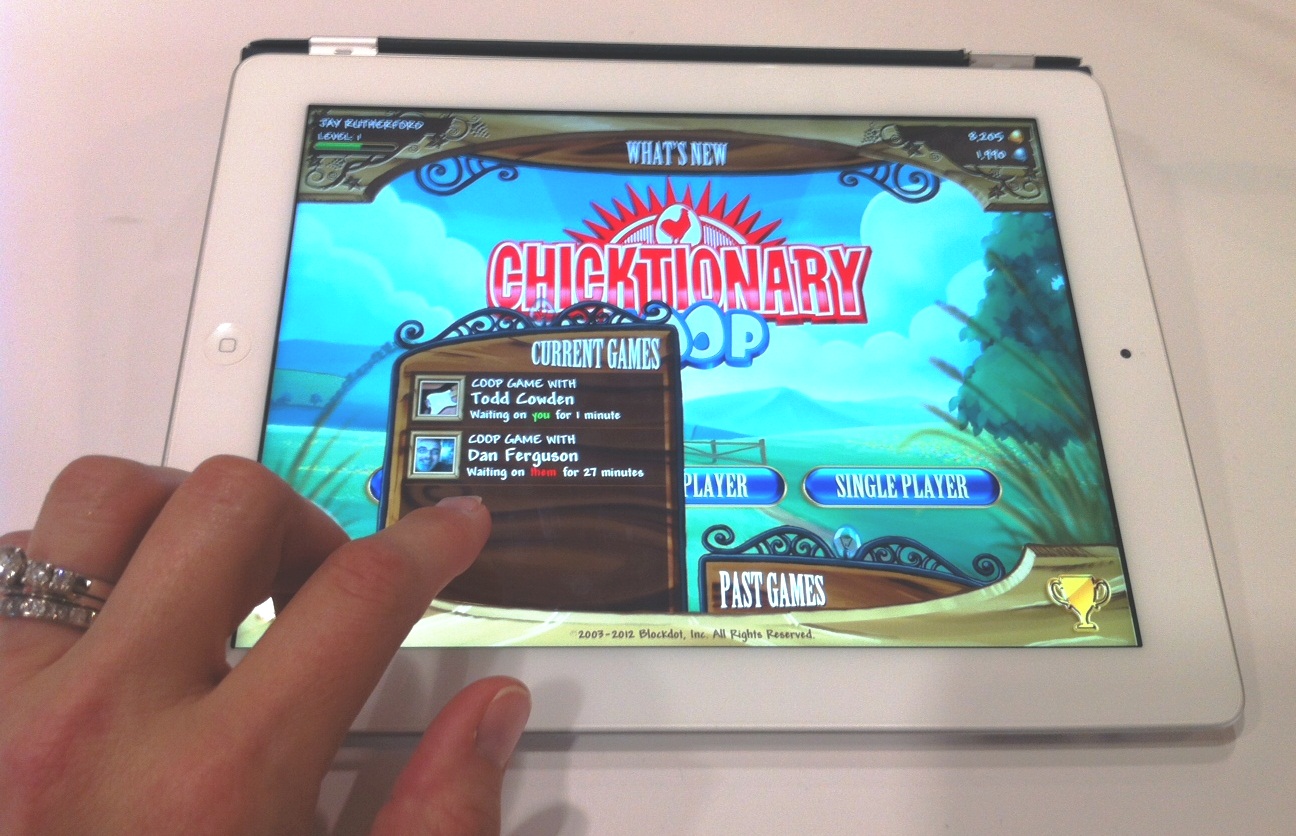Wendy Kidd, a developer from Blockdot, shared his thoughts on how best to build the gameplay of mobile multiplayer games, at the same time telling about what they basically are.
Types of multiplayer games
From the point of view of the organization of player interaction in time, there are two types of multiplayer games: synchronous and asynchronous.
In the first, all users are involved in a single gameplay. Even if the gameplay is based on alternate moves, and players cannot perform actions at the same time, they are still “tied” to each other’s activity.
Let’s give an example. Imagine a family playing a board game – each participant goes to the allotted time, but everyone else can communicate with him at this moment, observe his actions, prompt him. As a result, everyone is involved in a single – synchronous – gameplay.
In asynchronous games, actions develop sequentially: the gamer makes his move and “drops out” of the process for a while – until the opponent makes a retaliatory move.
Nevertheless, everyone is interested in a high level of player engagement. Does this mean that synchronous games are a must for multiplayer developers?
What’s the catch?
The difference between mobile multiplayer and a board game in real life is that the players do not see each other and are extremely rarely in the same place. While one makes a move, the other is forced to look at a stationary screen. There is no way to talk, to understand what is on the mind of the enemy, it is impossible to be sure at all that he is still “on the other side” of the screen, and has not gone somewhere.
Mobile players are mostly casual players. They are not the kind of people who can spend several hours in a row playing WOW – they usually just have a few extra minutes that they want to have fun. Quite often they are forced to pause the game and return to reality, and this completely makes sense of the principles of synchronous play.

Thus, an attempt to make a mobile game synchronous, building the gameplay on alternate moves, generates a lot of problems. Imagine a situation: it’s Player A‘s turn, but suddenly he has to distract himself for something and put the phone aside. How long will Player B wait for him? And if he does not wait, he will be dissatisfied not so much with his opponent as with your application, which he may never turn to again now.
Asynchronous gameplay and mobile games
Asynchronous gameplay, on the other hand, is ideal for mobile games built on moves. When the owner of the device has free time, he can start the game for 10 minutes, do everything that is required of him, and calmly close the application to return to it again when the opponent makes his move. There is no need to sit and wait while someone else is playing – you can even open another similar game and “walk around” in it. By this time, the opponent from the first game can already, by the way, complete their tasks and regain the initiative.
In this case, the involvement in the process remains constant – the player does not have to lose a second, he is not tempted to close the application and do something else.
The result?
As a result, you get a happy user who, on the one hand, gets hooked on the game, and on the other, remains satisfied with each session. Isn’t that what every developer dreams of?
